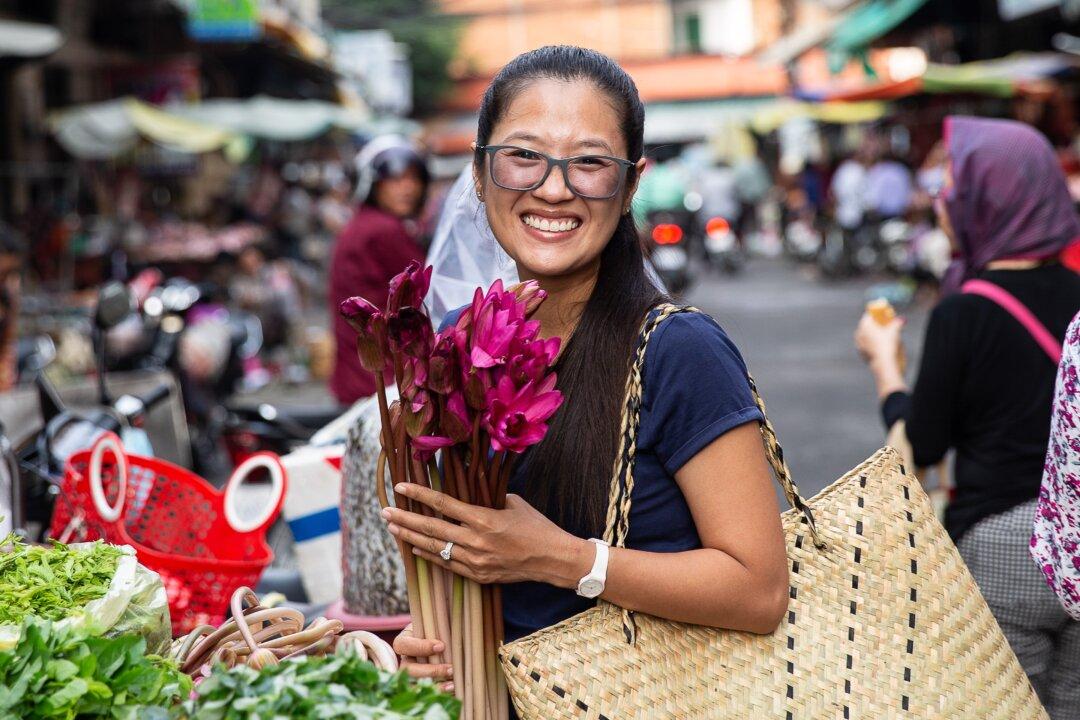NEW YORK—As Rotanak Ros stands over the stove, peering intently at the thin, dark amber sauce she’s rapidly stirring together in a skillet, an incredible aroma wafts into the air.
Garlic and shallots, sautéed until browned and fragrant, form the backbone. To that, Ros has added brown sugar, caramelized to deepen its molasses-y sweetness; fish sauce, pungent and savory; and tamarind, a touch sweet but mostly mouth-puckeringly sour.






